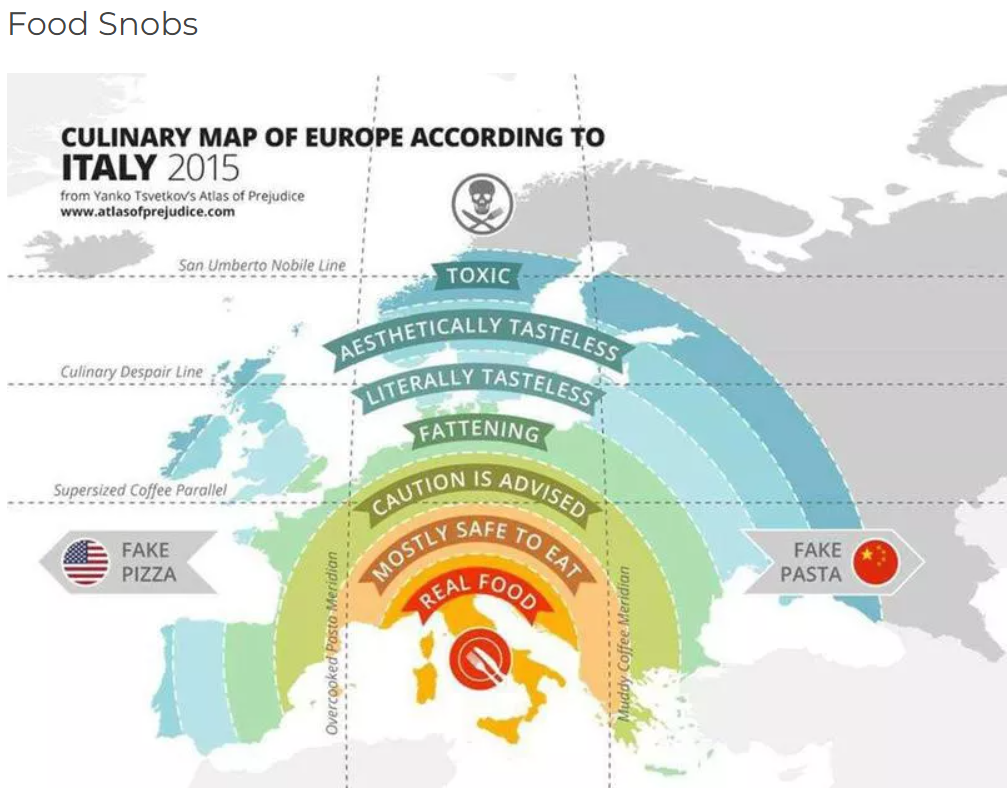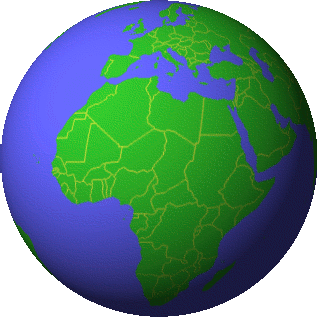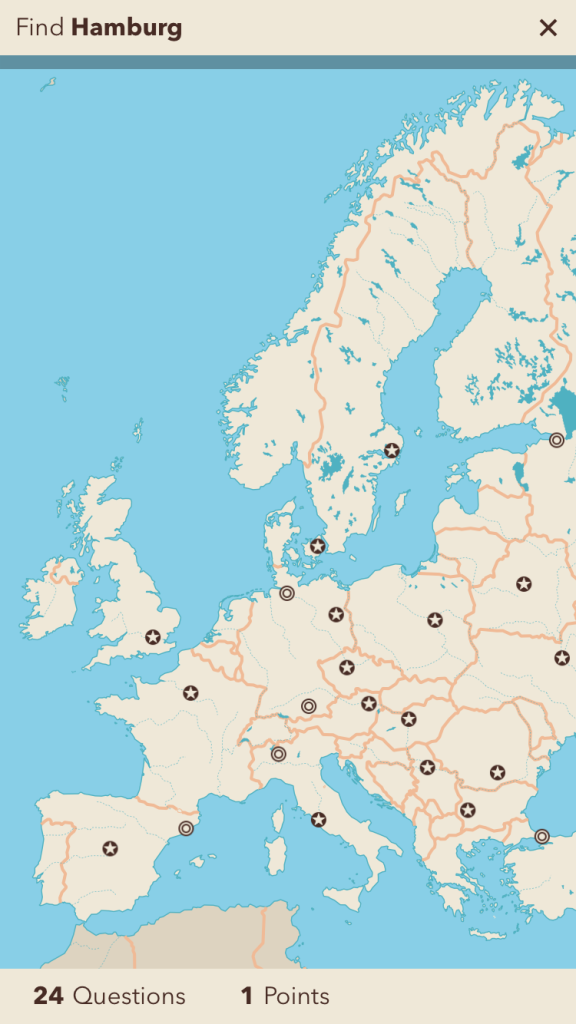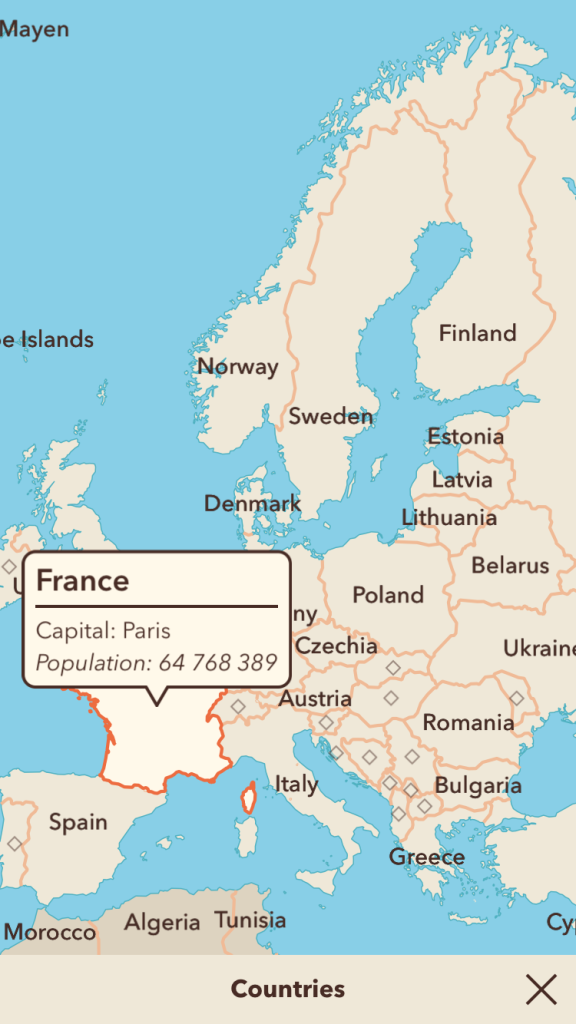DiScoro writes about inquiry-based learning, digital resources, and ways to encourage higher-order thinking. We focus on STEM education and the use of technology.
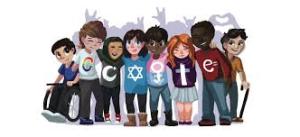 This blog is about two simulations based on the same concept namely Thomas Schelling’s Model of Segregation. The model tries to explain social phenomena and shows for example how difficult is it to build and sustain a diverse community. Schelling tries to explain when and why ghetto forming takes place and under which conditions this can be prevented or even reversed.
This blog is about two simulations based on the same concept namely Thomas Schelling’s Model of Segregation. The model tries to explain social phenomena and shows for example how difficult is it to build and sustain a diverse community. Schelling tries to explain when and why ghetto forming takes place and under which conditions this can be prevented or even reversed.
In other words, people with shared identities tend to cluster/group together. In most classes boys and girls form their own groups.
The first simulation by Frank McCown is named Schelling’s Model of Segregation. The second is by Vi Hart and Nicky Case and named Parable of the Polygons. The two simulations have different interfaces. Both simulations use two groups. The first simulation has four variables (and a interval timer) whereas the Parable of the Polygons offers different simulations for different variables.
The simulation by Frank McCown can be found if you scroll down on the page. The simulation generates a multitude of questions that can be explored.
-
- When do communities remain diverse?
- When and why does clustering take place even if people are relatively tolerant and open-minded?
- Can segregated communities be tolerant?
- Under what circumstances does segregation happen and why?
- How can a segregated community become diverse?
The Parable of the Polygons contains a group of simulations and uses scaffolding to explore the concept. Contrary to Mc Cown’s simulation the Parable of the Polygons visualise if people are happy or not. Additionally the user can move ONE person and see what happens. The last simulation is a particular interesting one.
The Parable of the Polygons could be used as inspiration for the teacher. However, in our opinion the degree of scaffolding will limit the curiosity, thinking and reasoning by the students themselves.
As teachers we have to be careful how to introduce the simulation and how to discuss the issues. Minority groups in class can easily feel uncomfortable. It is up to the teacher to choose the context and vocabulary that suits the class. As you may have observed have we tried to use the word diversity instead of segregation.
Additionally, the simulations can be used by policy makers, but also by students in relation with religion, geography/demography. It has been known in chemistry that seperate molecules and molecules in small quantities react differently than in mass. The same can be observed with people. Individual people can be tolerant and open-minded, but the large group will nevertheless become clustered under certain conditions.

| Purchase |
Free |
| Hardware |
PC, iPad |
| Requirements |
Browser |
